Why I Bought The
Nikon D500 For Filming
Guest Post By: Kevin Railsback of Filmmaking Naturally
May 13, 2016
ABOVE: Nikon D500 with 200-500mm f5.6 Zoom Lens
I picked up a new camera recently. After a lot of thought, I decided to purchase a Nikon D500.
I love shooting with my Panasonic PX270 but decided a new camera was needed for three basic reasons.
Why I Bought The Nikon D500 For Filming Nature
Reason #1: Low Light
My PX270 shoots amazing footage, but once the light starts to fade you're pretty much done filming for the day. You can add slight gain to the image and still get usable footage but even then you're pretty limited trying to get noise free footage.
The Nikon D500 can shoot in very low light and get fantastic looking footage.
The day the D500 arrived I had to spend a couple hours charging the battery and fiddling with the settings before heading out to Indian Creek Nature Center to get some test shots. The sun had already set and the light was fading fast. I happened across a prairie trillium at the edge of the woods and thought I'd shoot a few seconds of footage to see how it looked.
I set the ISO to 2000 which is pretty high but the light was dim and I wanted to push the ISO a little anyway to see how well it handled it.
The resulting footage looked very clean and I know I can easily shoot in even dimmer light, something my PX270 isn't capable of doing.
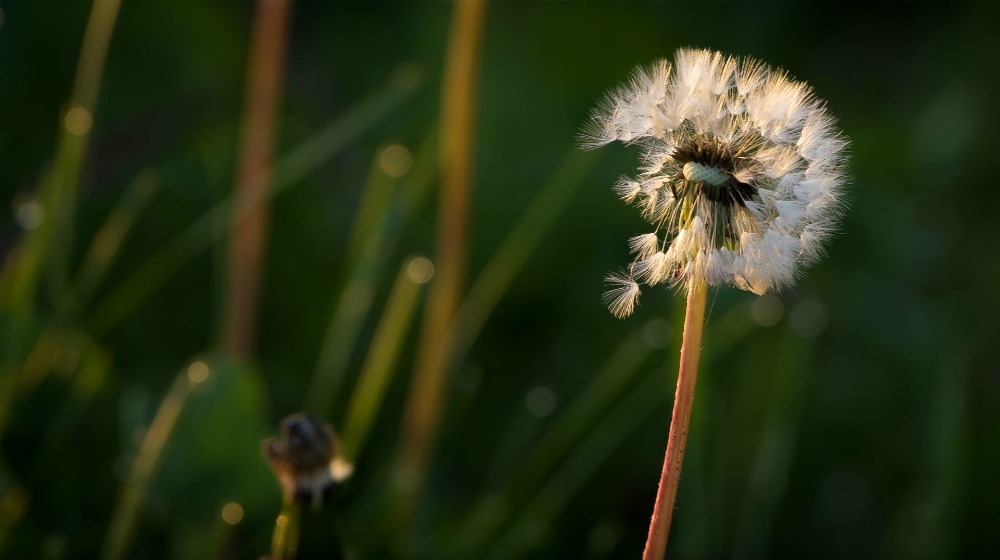
Frame grab from D500 with 200-500mm f5.6 zoom lens
Reason #2: It Doesn't Look Like A Video Camera
There's a big difference when it
comes to permits and accessibility between still cameras and video cameras.
In our national parks, you can shoot photographs to sell, hang on your wall, publish in a magazine or calendar and there are no permits or fees required.
If you want to do the same thing with video, you need a permit, insurance and in some cases a ranger escort.
With the Nikon D500, I can shoot 4k video and not be hassled for the most part.
Now, I still intend to abide by the law and use my footage for personal use only until the law changes, but I like the fact that I can fly under the radar and not be grilled about my intentions when there's a big bull moose wading across a creek in the fog and I'm having to answer those questions instead of filming the moose.
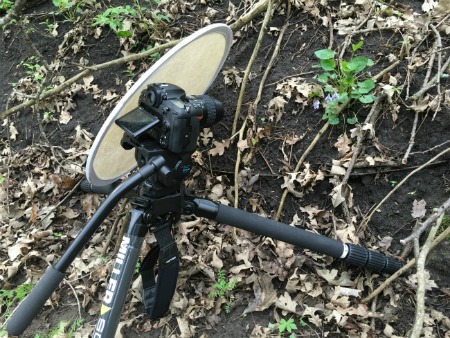
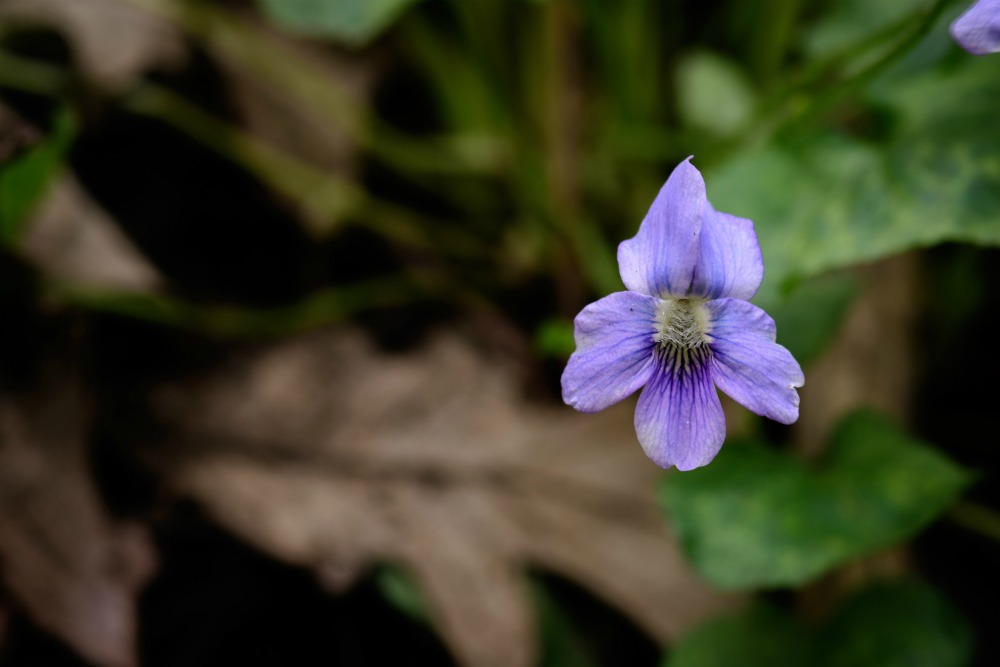
Nikon D500 focused in on a violet
Reason #3: I Still Have A Lot Of My Nikon Lenses
When I switched from shooting photographs to video back in 2005, I kept all my Nikon gear. Not sure why I kept my Nikon F4 and F5 film bodies since most people shoot digital now but I did. I also kept most of my lenses as well.
The nice thing about Nikon is that they've kept the same lens mount for decades. So the lenses that I used years and years ago, still work. Now they may not have the vibration reduction and all the other cool stuff that the new lenses have, but they are still sharp and they get the job done. I'm old school anyway so I use a tripod, focus manually and set my exposure manually. I guess I don't need to have all the bells and whistles.
So that's it. I needed a camera that shot well in very low light, that wouldn't get me hassled and I didn't have to make a huge investment in new gear for it.
I will be using the camera primarily for low light shots and star time-lapse shots. However, the more I use the D500, I am finding it hard to go back to my Panasonic PX270.
So who knows, what was supposed to be a camera used for low light and hard to get shots is quickly starting to become my go to camera for just about everything.
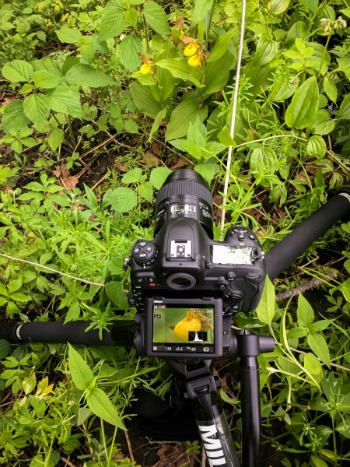
Nikon D500 on a Miller Solo 75mm Bowl Tripod
Over the next few days and weeks I'll be working with the D500 to get the settings tweaked and doing a lot of testing to find out what works best for me.
If there's something you want to know, leave a comment below and I'll see what I can do about finding the answer for you.
About The Author
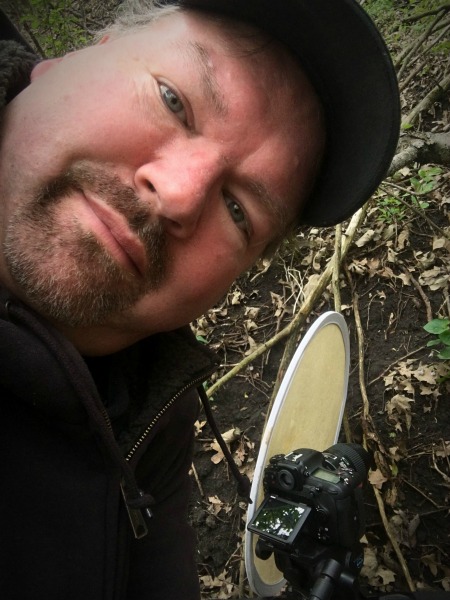
Kevin J Railsback is an award winning filmmaker who has traveled as far as Africa to test HD cameras for Panasonic.
His stunning nature and wildlife footage has appeared in productions on National Geographic, Animal Planet, Discovery Channel as well as in commercials for such corporate giants as AT&T.
Through his website Filmmaking Naturally, Kevin enjoys sharing his knowledge of filming nature and wildlife.
Let Kevin know your thoughts on his article below.
Other Articles You May Enjoy
- Low-Budget Documentary Gear List
- 10 Common Audio Mistakes To Avoid When Shooting A Documentary
- How To Survive The Making Of A Documentary
Ready To Make Your Dream Documentary?
Sign up for our exclusive 7-day crash course and learn step-by-step how to make a documentary from idea to completed movie!
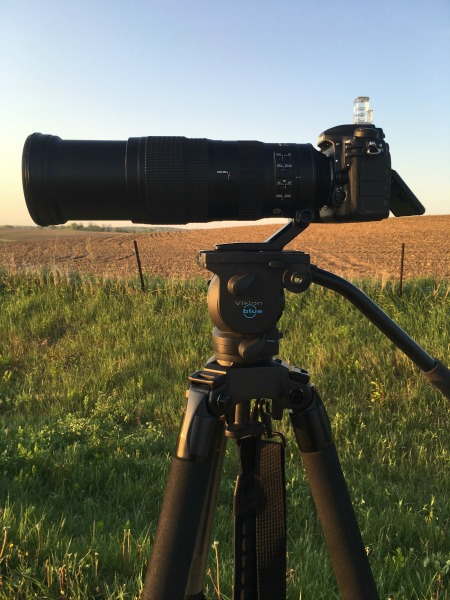
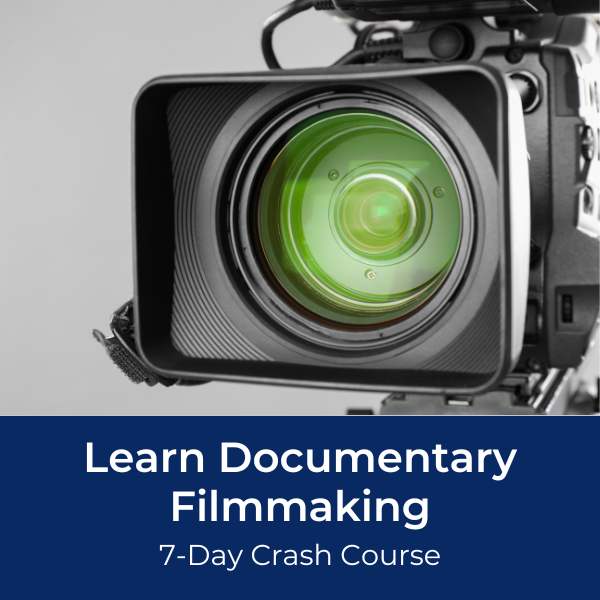
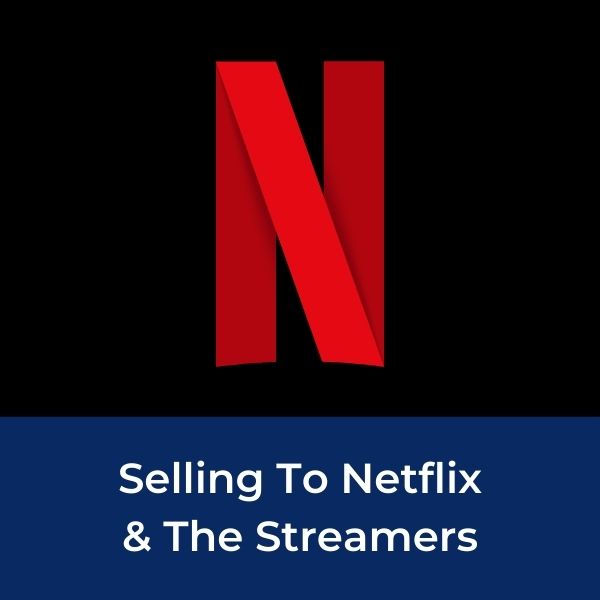
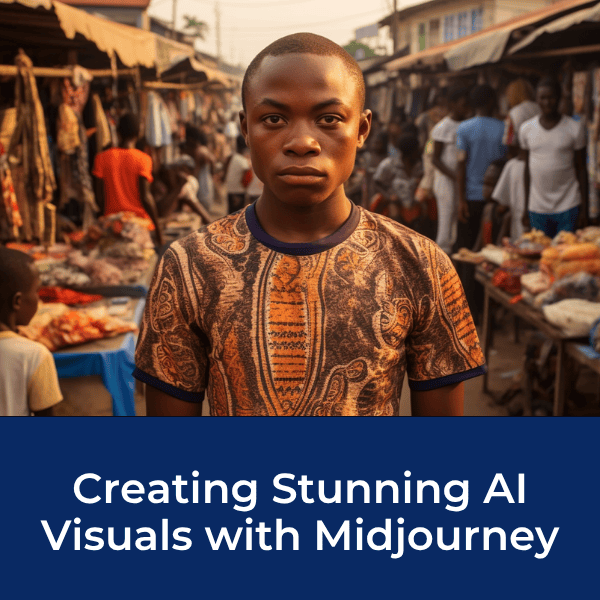

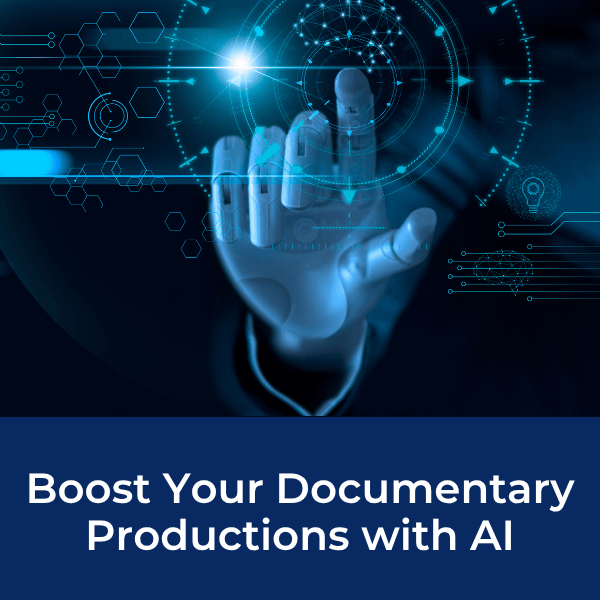
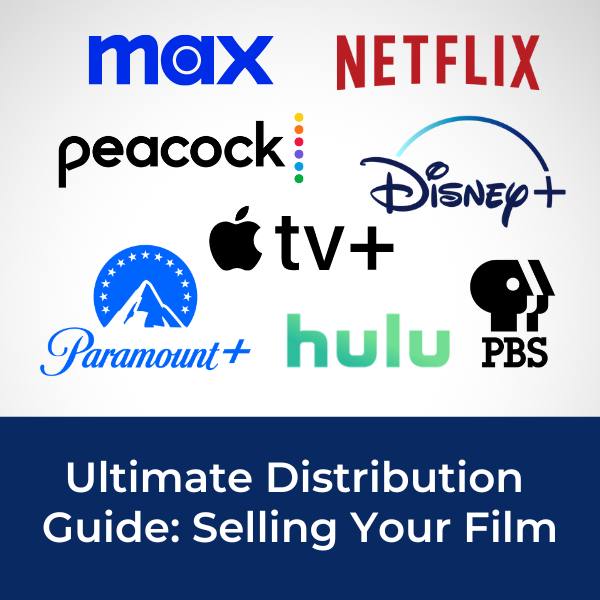
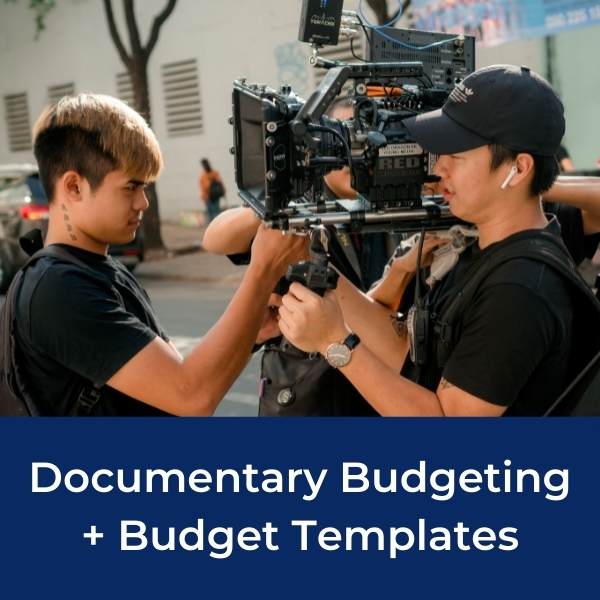
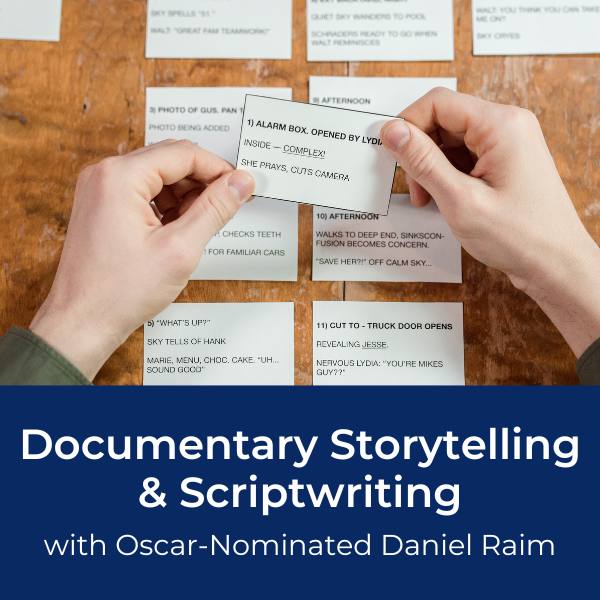
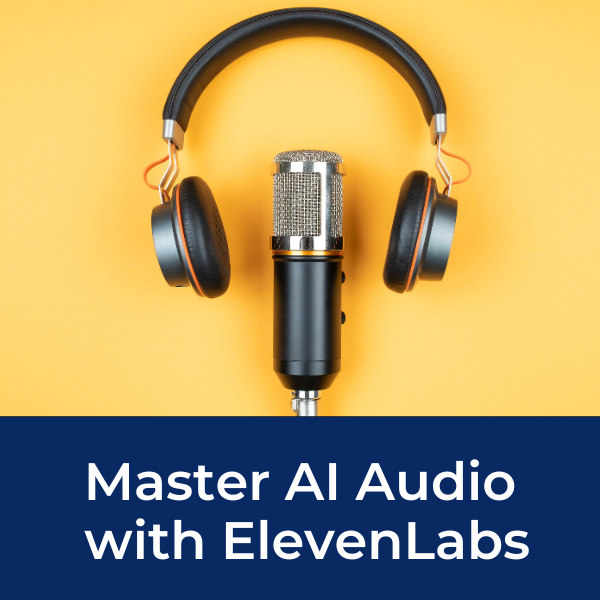
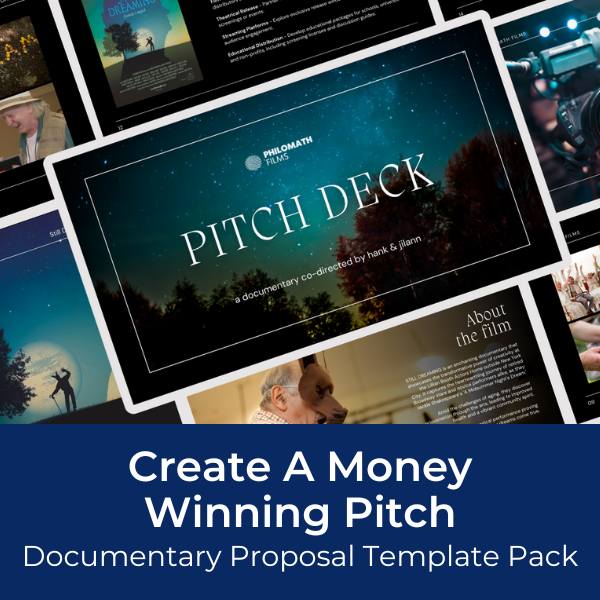
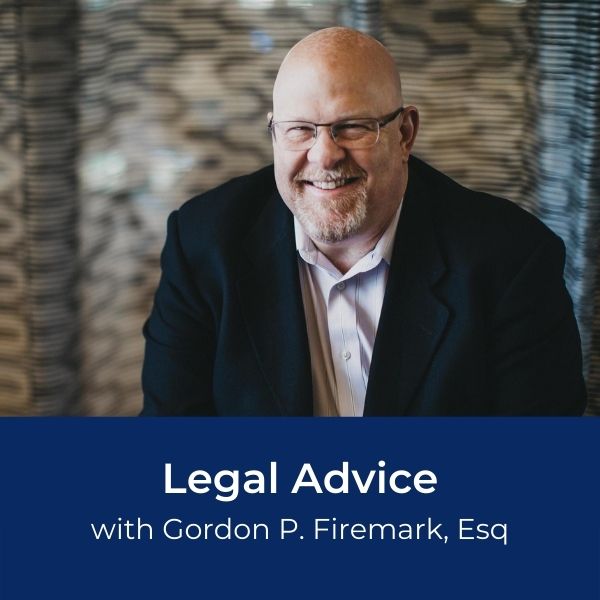
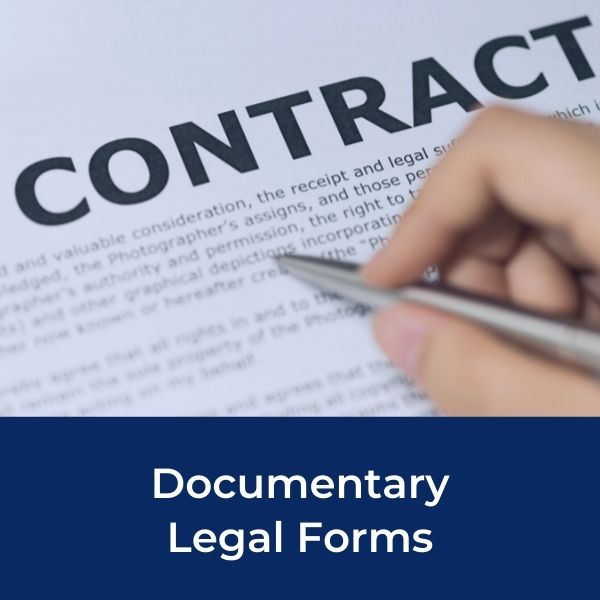
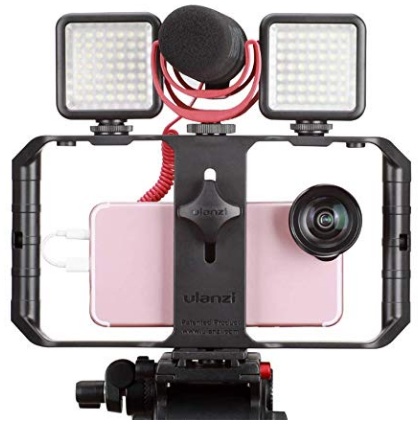
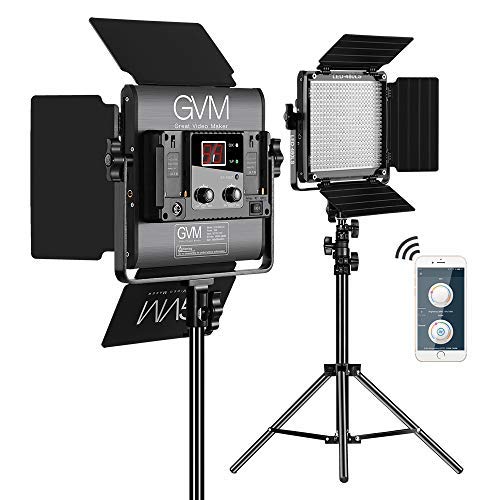
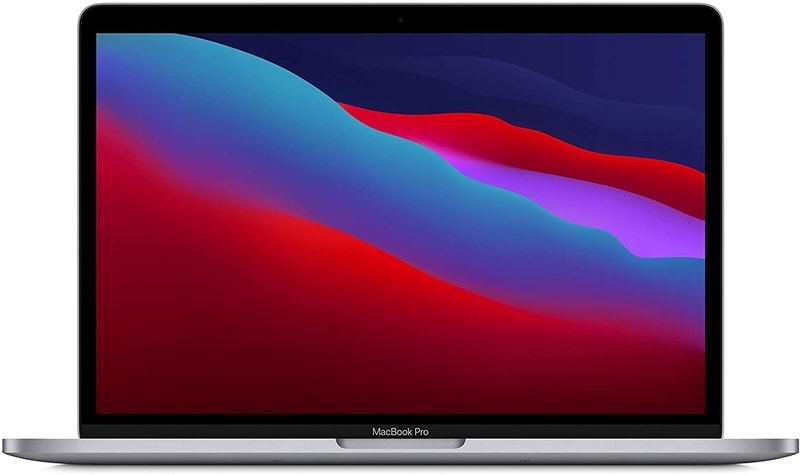
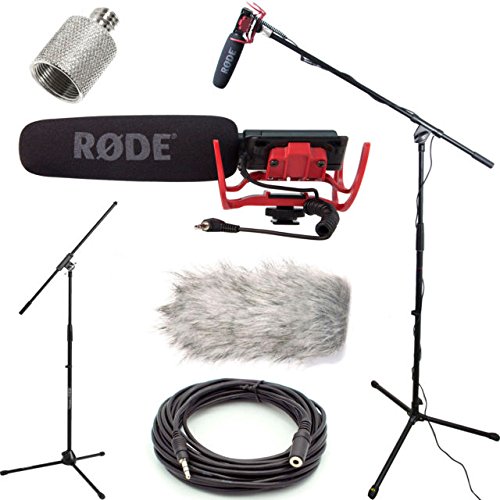
New! Comments
[To ensure your comment gets posted, please avoid using external links/URL's]